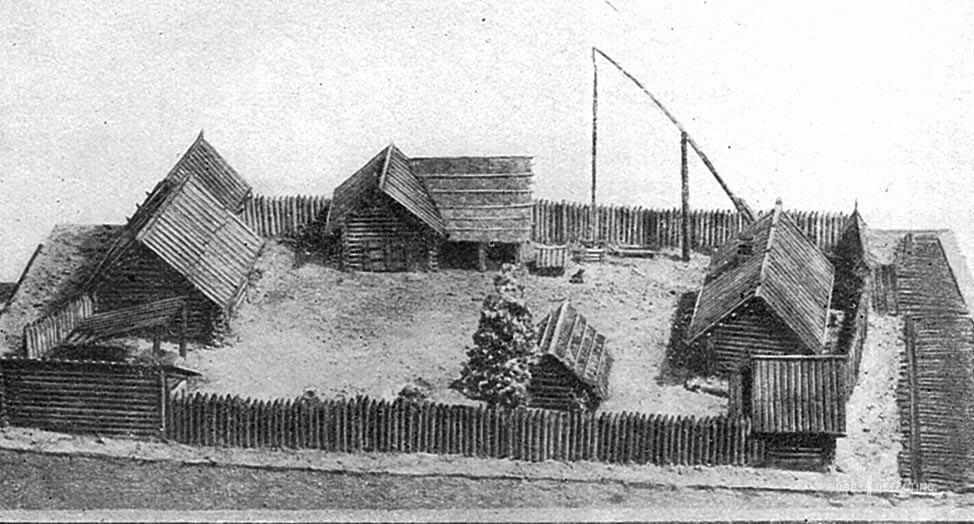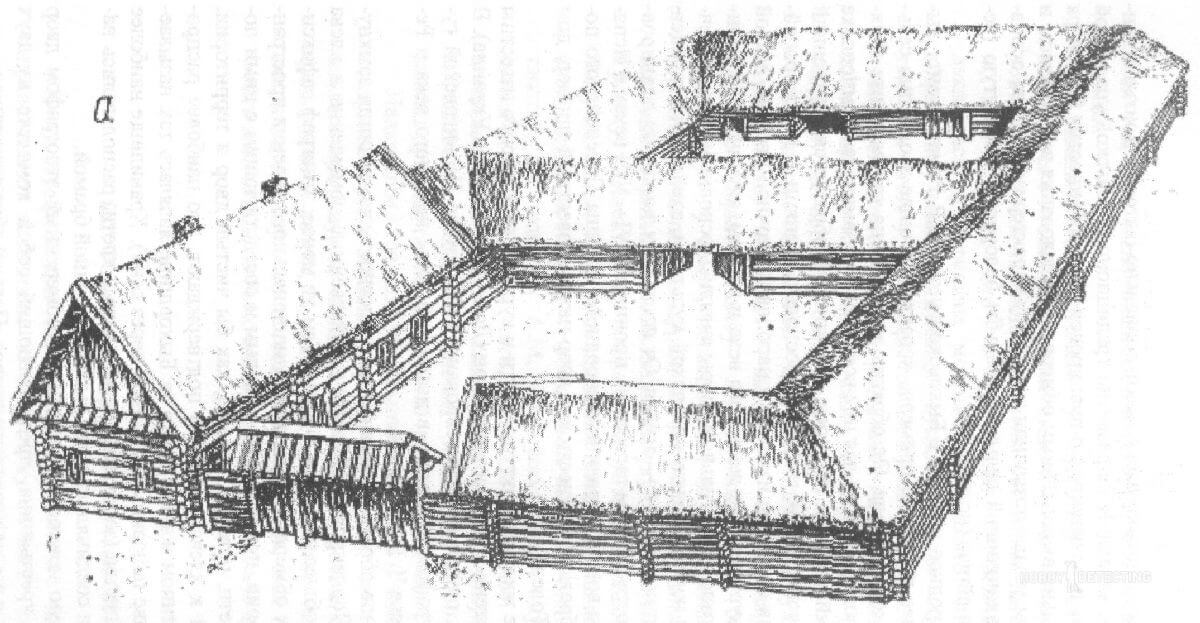What is a single-yard? Historical information for treasure hunters
Good mood to you, dear readers of our blog.
I am sure that many novice treasure hunters, and even experienced diggers, often hear the word one-yard in everyday life. Most often this term is used by those who dig in the forest. However, even in plowed fields you can absolutely accidentally come across a single-yard settlement. So let's figure out a little what it is and where such locations are found most often.
Let's start with an analysis of two concepts: single-dvorets and the household taxation system.
During medieval Russia, odnodvortsy were either impoverished nobles or landowners who refused to serve the prince (tsar) in military affairs. From history textbooks we remember very well that servicemen who received an allotment of land became landowners, and for this, at the first call of the prince (tsar), the landowner had to go to war with his weapons, horses and slaves.
It was customary to mow from the army not only in the late 90s, but also in those distant turbulent times, so many children of landowners who inherited large plots of land were deprived of them for refusing to go to another war with infidels, foreigners or oathbreakers. Such children were not deprived of all the land, but were left with a minimum, what would be enough only for their own feeding.

On the other hand, military serfs and other military specialists (gunners, archers, Cossacks) were granted (awarded) single-yard settlements and such warriors were settled along the borders of the Russian kingdom. To make it clear, the same Tatars went to war and made large campaigns against Rus' no more than once every twenty years. The rest of the time, the main problem of the internal territories was small detachments of Tatars of 10-20 horsemen. The economics of raiding by such small units was simple. The main thing was to kidnap a couple of beautiful girls, go to their steppe and sell the spoils on the slave market. Livestock and other property were not taken, because the main task of the Tatars was not to take the booty, but to have time to leave with it for the Wild Field. So, they took what had the maximum price per kilogram of weight.
Therefore, the main task of the military people settled along the border was to daily check the territories entrusted to them for traces of the hooves of the Tatar cavalry. So it turns out that one-yard houses appeared in one area or another during a period of time when the border of the Russian kingdom passed through these territories. And when the borders moved back, local large landowners began to lay claim to the best lands, taking allotments from the same-lords by hook or by crook. Under Peter the Great, all odnodvortsy were transferred to the category of free cultivators.

Household taxation system. – There was a short period of time in the history of the Russian kingdom when it became profitable for several families to live under one roof. How did this happen? Starting from the times of Ancient Rus' and before the reform of Tsar Fyodor Alekseevich (the elder brother of Peter the Great), taxation of peasants was at a rate. This is when they paid a tax on each plow (a measure of area of approximately 0.3 hectares). Therefore, peasants lived in small settlements of 5-6 households in close proximity to the cultivated lands.
Central Russia is still a zone of risky agriculture today, and in those days, no one lived on agriculture alone. Handicrafts, beekeeping, hunting and gathering developed among the peasants. However, the peak of single-yard settlements falls on the times from Ivan the Terrible to Alexei Mikhailovich. This is due to several epidemics sweeping across Rus' (Plague, cholera, typhus). As foreign travelers noted in travel notes, at that time, along the entire route from Arkhangelsk to Moscow, one could pass a large number of empty and extinct villages and even entire villages with hundreds of households. As we can understand, the reason for the desertion of large villages was not so much mortality as the residents moving away from large crowds of people. What we call self-isolation today. Also, artisans fled en masse from the cities to the forests and abandoned lands. Then, as now, they tried to live separately, focusing the household on the personal needs of the family.

It is for this reason that over time the rural population stopped living on the plow, and as a result the tax base fell sharply. But artisans were in no hurry to return to the cities. Therefore, Tsar Fyodor Mikhailovich changed taxation from personal income to yard taxation. Under him, very large taxes were established specifically from the yard. To which the artisans and peasants responded by starting to live in several families under one roof. Don’t think that they lived in cramped conditions and resentment, they built large and spacious houses, they just had one yard and one residential building.
The experiment with door-to-door taxation was considered unsuccessful, and already under Peter the Great, a European form of taxation was introduced in Russia – the poll tax. But that's a completely different story.
So where might the sites of former one-yard houses be located now? But in general, it’s difficult to understand, but you can think through the logic. Because, as I wrote above, people settled in empty and unoccupied places. Since the basis of income was handicrafts, the agricultural quality of the land itself was not important. You can find such places when digging only by a sharp surge of iron signals on a small piece of land. The main thing in this matter is to be able to distinguish iron finds of the 19-20 centuries from iron objects of earlier eras. And this cannot be understood by reading bloggers, only personal experience and nothing more.

Thank you for attention. I sincerely hope that the note was useful to you. Like, subscribe and go to our channel feed where you can find many more interesting and exciting things.
